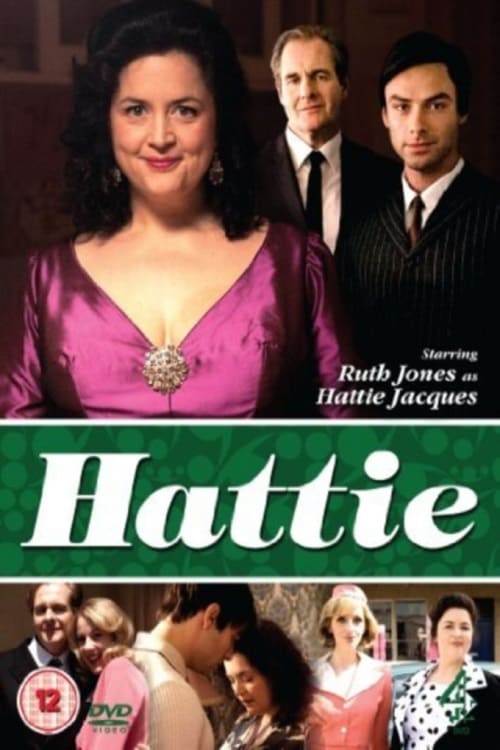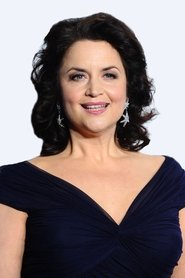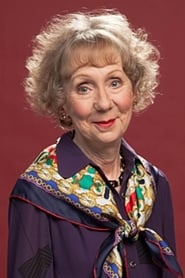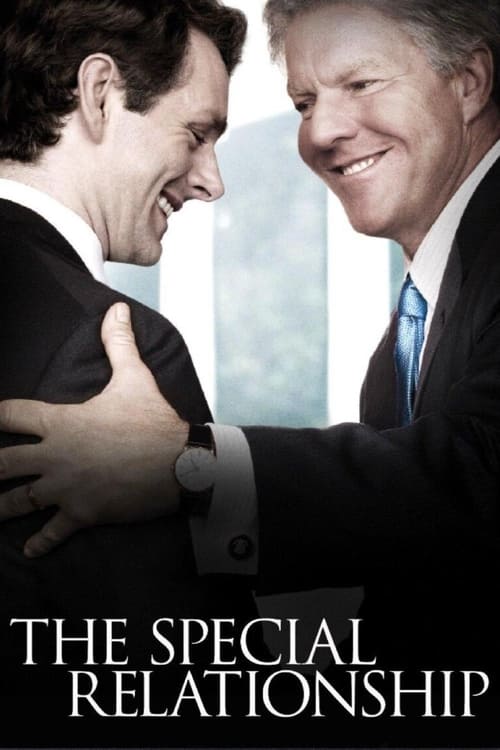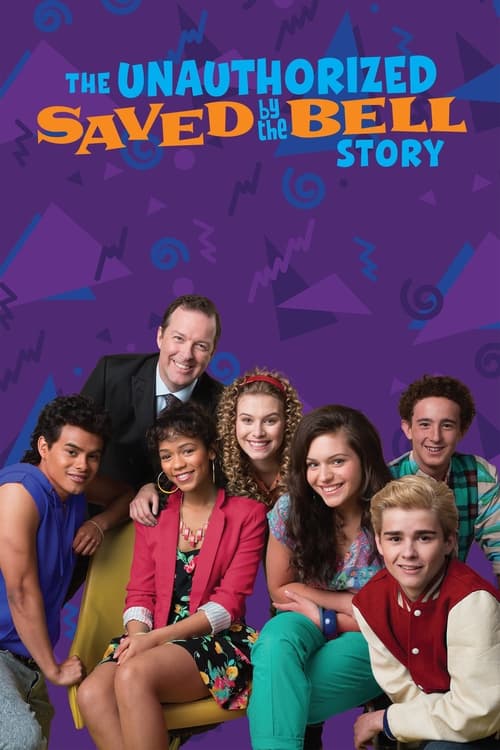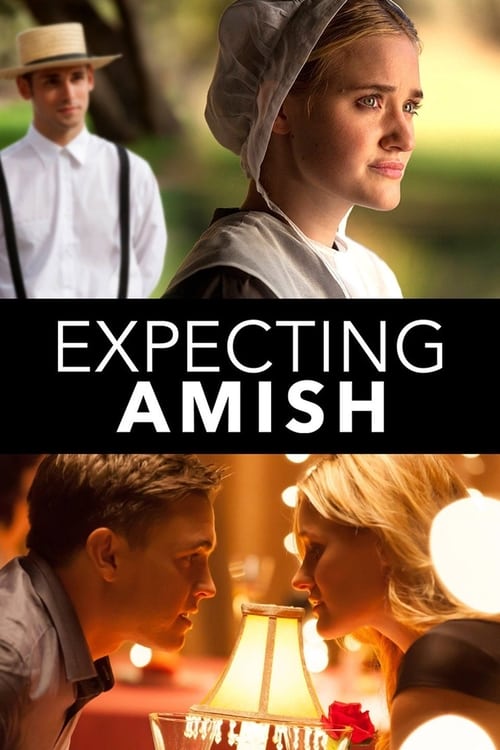
Ask Your Own Question
What is the plot?
The story opens in the warm glow of a 1963 Christmas dinner at the Le Mesurier-Jacques family home, a bustling London household filled with laughter, clinking glasses, and the gentle chaos of two young boys running about. Hattie Jacques, portrayed by Ruth Jones, is at the heart of this scene--larger-than-life, vivacious, and effortlessly commanding the room with her comic charisma. Her husband, John Le Mesurier (Robert Bathurst), is a quietly urbane figure, a fellow actor whose career is stalled but who remains a devoted father and husband. Their home is a sanctuary of tradition and public appearances, hosting legendary Christmas dinners that mask the undercurrents of tension about to surface.
Hattie is preparing for the filming of Carry On Cabby, the seventh installment of the popular Carry On film series, where she shines as a beloved comic actress. Yet beneath her confident exterior lies a woman wrestling with self-esteem issues tied to her size, a vulnerability that will soon be exploited. At a charity fundraiser for leukemia, Hattie meets John Schofield (Aidan Turner), a strikingly handsome used car salesman whose own son has died from the disease. Schofield's charm and attentiveness are a balm to Hattie's insecurities; he tells her, "You're lovely, just as you are," a compliment that stirs something long dormant in her. This encounter marks the beginning of a secret liaison that will unravel the fabric of her seemingly perfect life.
As Schofield's marriage dissolves, John Le Mesurier, with a stoic kindness, suggests that Schofield move into the family home as a lodger. This arrangement is unusual, to say the least, and sets the stage for a complex emotional triangle. Le Mesurier retreats to the spare room, a silent concession that underscores his gentle acceptance and the deep affection he holds for Hattie despite the betrayal. The home, once a place of unity, becomes a battleground of shifting loyalties and unspoken tensions.
Hattie and Schofield's affair intensifies, yet it is fraught with jealousy and insecurity. Schofield grows resentful of his exclusion from Hattie's public life, particularly when she is honored on the television show This Is Your Life. His bitterness is palpable: "Why am I not part of this? Why am I invisible?" he demands, his charm giving way to anger. Hattie, caught between her husband's enduring kindness and Schofield's volatile passion, struggles to navigate her conflicting desires.
Meanwhile, John Le Mesurier, ever the gentleman, begins dating Joan Malin, a family friend. Hattie encourages this relationship, perhaps as a way to maintain some semblance of order or out of genuine affection for her husband's happiness. Joan's introduction adds another layer to the emotional complexity, as Le Mesurier finds companionship while remaining on amicable terms with Hattie.
The marriage inevitably fractures. In the courtroom, during the divorce proceedings, Le Mesurier takes the blame for the breakdown, a selfless act intended to preserve Hattie's public reputation. His words are measured but heartfelt: "Let it be me. She is the star; she deserves to shine without scandal." This moment crystallizes the enduring respect and affection between them, even as their lives diverge.
Two years later, Schofield deserts Hattie, abandoning her for an Italian heiress. This betrayal leaves Hattie isolated and heartbroken, a once vibrant woman now seeking solace in the company of younger men but never remarrying. The film's final scenes are tinged with melancholy as Hattie's health deteriorates, her size and emotional turmoil taking a toll. She dies of a heart attack at the age of 58, a poignant end to a life marked by laughter and private sorrow.
Throughout the narrative, the spare room in the family home stands as a powerful symbol of displacement and role reversal, while the Christmas dinners serve as a facade of unity amidst personal chaos. The film's visual storytelling contrasts the bright, bustling public world of Hattie's acting career with the quiet, painful unraveling of her private life.
In the closing moments, the camera lingers on an empty chair at the family table, the echoes of laughter replaced by silence, underscoring the cost of secrets and the fragility of happiness. John Le Mesurier's voiceover reflects on love and loss, encapsulating the bittersweet truth of their intertwined lives: "We loved each other, in our own way, and that was enough."
This is the full, unvarnished story of Hattie--a tale of love, betrayal, resilience, and the complex humanity behind the laughter.
More Movies Like This
Browse All Movies →
What is the ending?
In the ending of "Hattie," Hattie faces the consequences of her choices, leading to a poignant resolution that reflects her growth and the impact of her relationships. The film concludes with Hattie making a significant decision about her future, ultimately embracing her independence and the lessons learned from her experiences.
As the final scenes unfold, we see Hattie standing at a crossroads in her life. The atmosphere is heavy with emotion as she reflects on her journey. The camera captures her contemplative expression, revealing the weight of her decisions. She is surrounded by the remnants of her past, symbolizing the struggles she has faced.
In a pivotal moment, Hattie confronts her family, particularly her mother, who has been a source of both support and conflict throughout the film. Their conversation is charged with tension, as Hattie articulates her desire to break free from the expectations placed upon her. The dialogue is raw and honest, showcasing Hattie's growth as she asserts her identity and independence.
As the scene shifts, we see Hattie packing her belongings, a visual metaphor for her readiness to leave behind the constraints of her previous life. The act of packing is both liberating and bittersweet, as she reflects on the memories tied to each item. The cinematography captures the emotional weight of this moment, with close-ups of Hattie's face revealing her determination mixed with vulnerability.
In the final moments, Hattie steps out of her childhood home, the door closing behind her with a definitive thud. This moment signifies her departure not just from a physical space, but from the limitations that have held her back. The camera follows her as she walks away, the sun setting in the background, symbolizing both an ending and a new beginning.
The film concludes with Hattie looking ahead, her expression resolute. She is ready to embrace the unknown, having learned valuable lessons about herself and her relationships. The fate of Hattie is one of empowerment and self-discovery, as she steps into her future with newfound strength.
In contrast, the other characters, such as her mother, are left to grapple with the changes in their relationship. The film leaves their fates somewhat open-ended, emphasizing the ongoing nature of personal growth and the complexities of familial bonds. Hattie's journey serves as a powerful reminder of the importance of self-acceptance and the courage it takes to forge one's own path.
Is there a post-credit scene?
The movie "Hattie," produced in 2011, does not feature a post-credit scene. The film concludes its narrative without any additional scenes or content after the credits roll. The story wraps up with a focus on the main character's journey and emotional resolution, leaving the audience with a sense of closure regarding Hattie's experiences and growth throughout the film.
What challenges does Hattie face in her personal life throughout the film?
Hattie faces numerous challenges in her personal life, including the struggle to maintain her identity as a talented performer while dealing with the pressures of societal expectations. She grapples with the complexities of her relationships, particularly with her family and romantic interests, which often conflict with her ambitions.
How does Hattie's relationship with her mother influence her character development?
Hattie's relationship with her mother is fraught with tension and expectations. Her mother, who has her own dreams and disappointments, often projects her aspirations onto Hattie, leading to feelings of inadequacy and rebellion in Hattie. This dynamic shapes Hattie's determination to carve out her own path, despite the emotional turmoil it causes.
What role does Hattie's career play in her interactions with other characters?
Hattie's career as a performer is central to her interactions with others. It serves as both a source of pride and a point of contention. Her success attracts admiration but also jealousy, leading to complicated relationships with fellow performers and romantic interests who either support or undermine her ambitions.
How does Hattie cope with the pressures of fame and public scrutiny?
Hattie copes with the pressures of fame and public scrutiny through a mix of resilience and vulnerability. She often seeks solace in her art, using performance as an escape, but also struggles with the loneliness that comes from being in the spotlight. Her emotional state fluctuates as she navigates the highs and lows of her career.
What pivotal moments define Hattie's journey in the film?
Pivotal moments in Hattie's journey include her breakthrough performance that garners critical acclaim, a significant falling out with a close friend that forces her to reevaluate her priorities, and a moment of self-discovery that leads her to confront her fears and embrace her true self. Each of these moments propels her character development and shapes her future choices.
Is this family friendly?
"Hattie," produced in 2011, is a poignant drama that explores themes of family, loss, and resilience. While it is a heartfelt story, there are several elements that may be considered objectionable or upsetting for children or sensitive viewers:
-
Themes of Loss and Grief: The film delves into the emotional turmoil surrounding the loss of loved ones, which may be distressing for younger audiences or those sensitive to such topics.
-
Family Conflict: There are scenes depicting tension and conflict within the family, showcasing arguments and emotional struggles that could be uncomfortable for some viewers.
-
Depictions of Poverty: The film portrays the challenges of living in poverty, which may include scenes of hardship and struggle that could be upsetting.
-
Emotional Vulnerability: Characters experience deep emotional pain and vulnerability, which may resonate strongly and evoke sadness or discomfort.
-
Mature Themes: The narrative touches on complex adult themes, including relationships and personal sacrifice, which may not be fully comprehensible or appropriate for younger viewers.
Overall, while "Hattie" is a touching story, its exploration of heavy emotional themes may require parental guidance for younger audiences.

